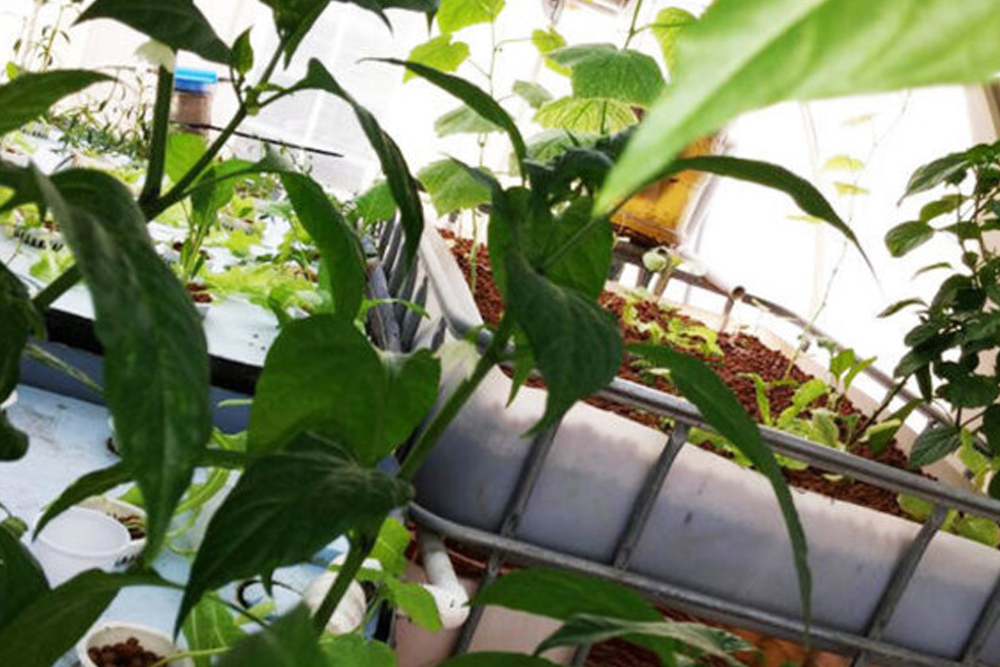
As the seasons shift and cooler temperatures embrace certain regions of Saudi Arabia, now is the opportune moment to breathe new life into your living environment by introducing plants perfectly suited for the current seasonal transition.
The winter climate in Riyadh is generally gentler compared to other places, making the creation of indoor gardens with plants a wonderful means of infusing homes with a hint of nature.

A popular flower among gardeners in the area is the desert rose, or adenium obesum. The desert rose, well-known for its eye-catching blooms and ability to withstand extreme heat and low humidity, is a Saudi Arabian symbol of perseverance. Its colourful flowers also provide a welcome contrast to different living areas and yards.

The aromatic Arabian jasmine, or jasminum sambac, is a favourite for interior gardening. This fragrant plant grows well in mild climates and needs only occasional watering, which makes it a great houseplant for anybody looking to create a cosy, scented ambiance for wintertime get-togethers.

According to Saudi interior designer Shahad Al-Saeed, who owns Layers Design, an exterior and interior design company in Riyadh, indoor plants play a crucial role in enhancing any space. Al-Saeed emphasizes that they breathe life into a room by connecting inert elements like walls with nature. She states, "Plants have a significant aesthetic and psychological impact. Their presence is vital with careful selection and distribution."

Al-Saeed recommends the epipremnum aureum (devil’s ivy) as one of her preferred indoor plants due to its beauty and ability to thrive in the local atmosphere. Another suggestion is the philodendron scandens-araceae, or heartleaf philodendron, which is a native plant of the Caribbean. This indoor hanging plant can be positioned on a framework that supports it to create the illusion of a climbing plant.

Moreover, Al-Saeed highlights the philodendron scandens Brasil, also known as the sweetheart plant, for its unique green, heart-shaped leaves with lime-green splashes, resembling the colors of the Brazilian flag. This plant, along with others like bamboo, sansevieria trifasciata (snake plant), and dracaena, adds diversity and charm to indoor spaces.

















